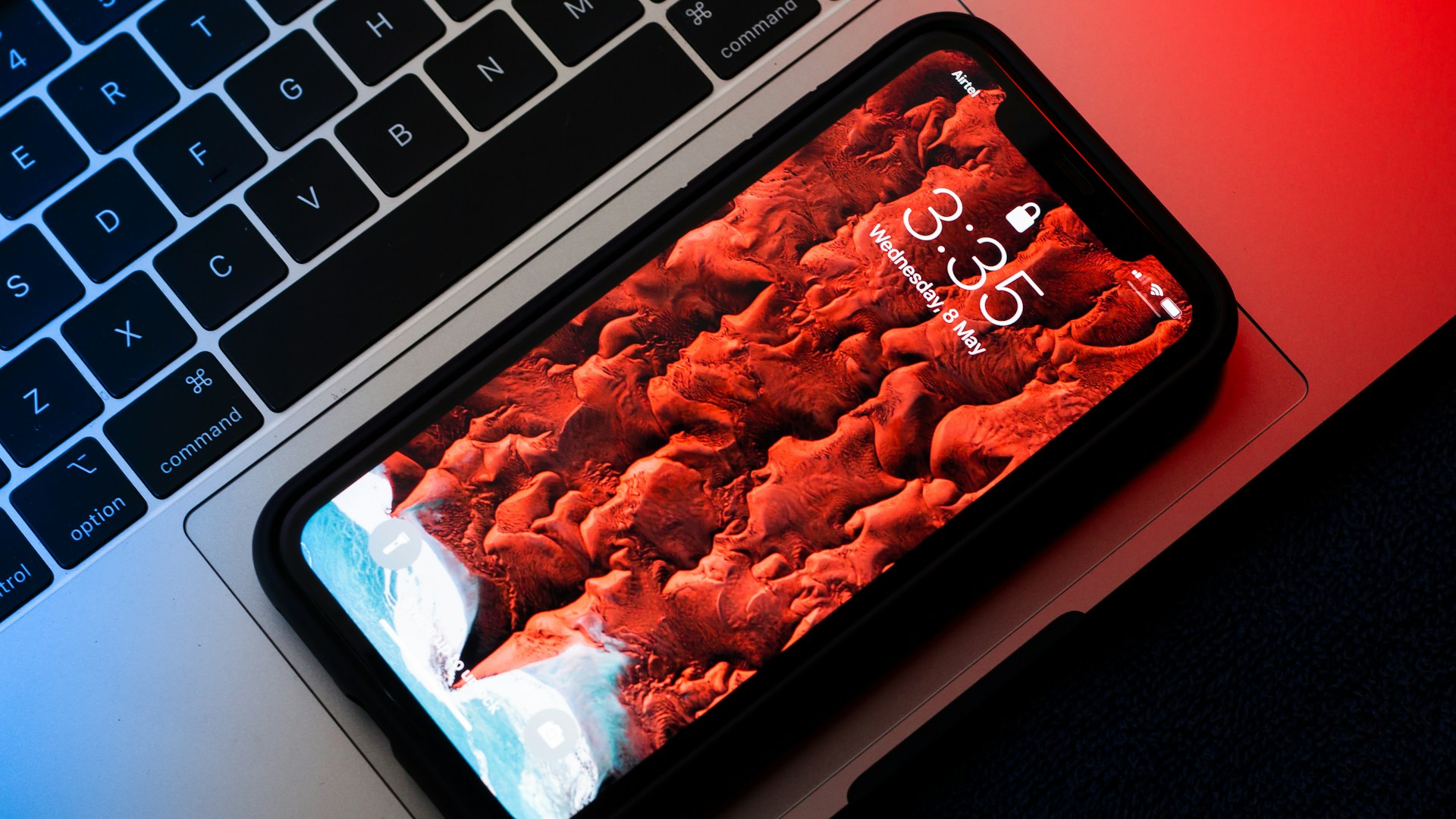iOS 26: Apple Integrates Natural Language Search and Refines Its Bold New Design
Natural Language Search Coming to Apple Maps
Apple is preparing to introduce a smart new search function for its Maps app in iOS and macOS 26. According to developer Steve Moser, who uncovered clues in the beta code, users will soon be able to search in plain, everyday language. One string found in the code reads: “Search the Way You Talk: Use natural language to find places like ‘Best coffee shops with free Wi-Fi’.”
This development means Apple Maps could soon support natural language queries, much like other Apple apps such as Photos, Music, or the App Store. Instead of relying on rigid keyword searches, users will be able to ask questions more conversationally — for example, finding cafés that mention free Wi-Fi in their descriptions.
However, Apple has yet to confirm when this feature will be officially rolled out. It’s unclear whether it will be available from the initial release of iOS 26 or introduced in later updates. There’s also the possibility that the feature will initially support only a limited number of languages.
Apple Revises ‘Liquid Glass’ Design After Backlash
Another key development in iOS 26 is Apple’s visual overhaul, introduced as “Liquid Glass” during WWDC 2025. The new interface style was designed to deliver a modern, translucent aesthetic — inspired by frosted glass — with dynamic lighting and layered material effects. It was positioned as a bold new visual identity for iOS.
Yet, just weeks after making headlines, Apple is already reworking the feature. Feedback from early beta testers pointed to major usability concerns: despite its striking appearance, the high level of transparency often compromised readability.
In response, Apple has toned down the effect in beta 3, released on 8 July. Key UI elements such as navigation bars, volume controls, and the Control Centre now feature reduced transparency. The once glass-like interface has become more opaque, contrast has been improved, and text is now significantly easier to read. The design language remains, but it is now more restrained and practical.
Balancing Aesthetics and Functionality
This subtle shift marks a notable adjustment in Apple’s design philosophy. Rather than scrapping the Liquid Glass concept altogether, the company is choosing to refine its implementation — prioritising clarity and usability without abandoning its original creative intent.
The revised interface reflects a more balanced approach: form follows function. Apple appears to be responding to user feedback by seeking a middle ground between visual flair and day-to-day practicality.
Looking ahead, it remains to be seen whether this scaled-back version will be final or if further changes are on the horizon ahead of iOS 26’s expected release in September. In the meantime, users who prefer a more muted interface already have the option to reduce the Liquid Glass effect manually through system settings.

